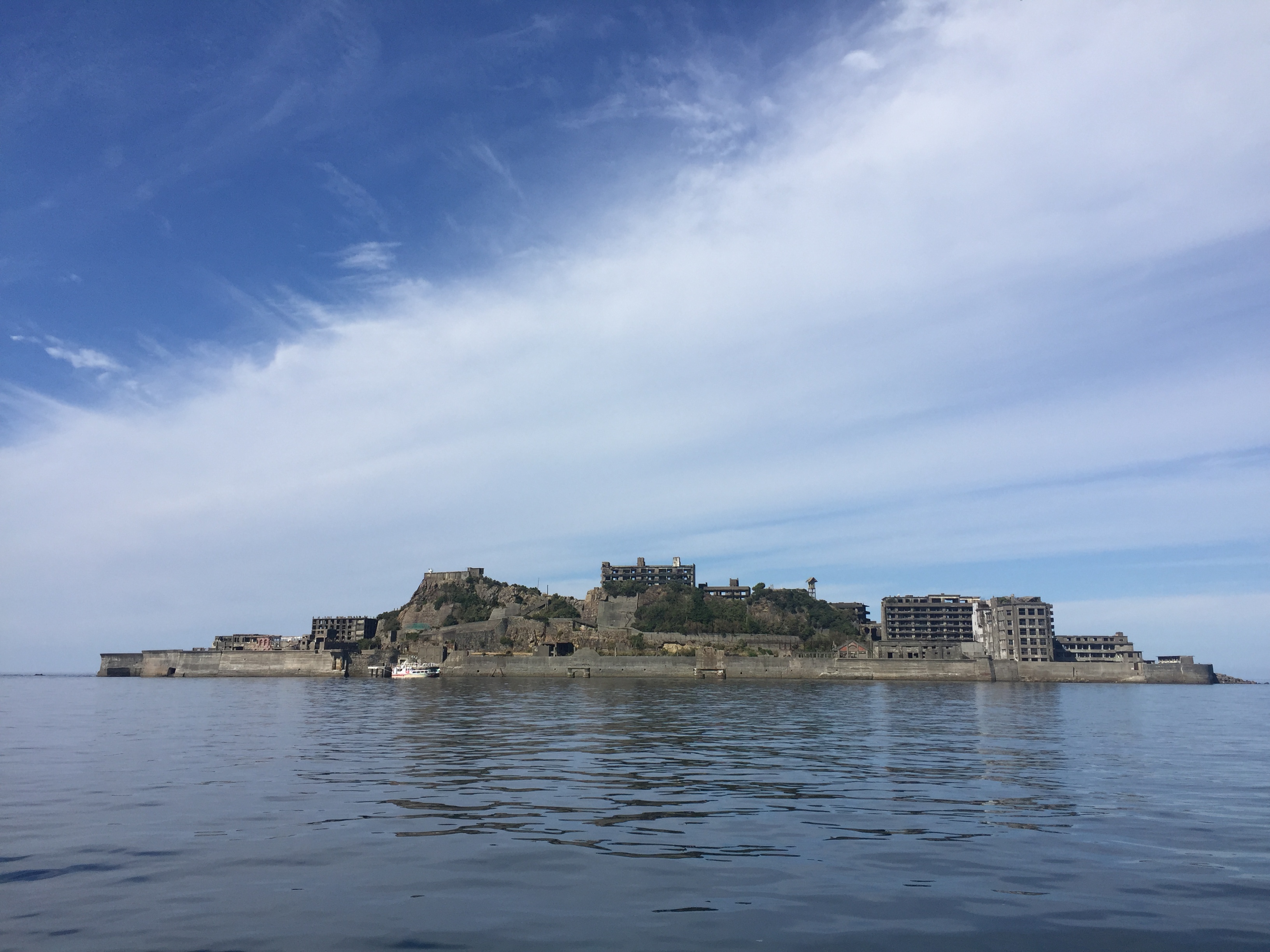[Aug] UNESCO resolution calls on Japan to honor wartime forced labor victims
Date Aug 02, 2021
 Hashima Island. Courtesy of Museum of Japanese Colonial History in Korea
Hashima Island. Courtesy of Museum of Japanese Colonial History in Korea
A UNESCO committee has expressed “strong regret” over Japan’s management of its World Heritage Sites, including Hashima Island, citing the country’s failure to keep its earlier promise to honor victims of wartime forced labor, primarily Koreans and Chinese.
On July 22 (local time), the World Heritage Committee (WHC) held a virtual session adopting a resolution calling on the Japanese government to provide sufficient and more accurate information about forced labor victims at the Industrial Heritage Information Center that opened in Tokyo last year.
The adopted resolution came on the eve of the Tokyo Olympics’ opening.
Testimonies from victims and research by scholars have confirmed that hundreds of Koreans were taken against their will to toil at coal mines on Hashima (or Battleship) Island between 1943 and 1945. Some 120 people died there – some from drowning during attempted escapes or suicide.
When 23 sites of Japan’s Meiji Industrial Revolution were designated as UNESCO World Heritage in 2015, the Japanese government promised to take appropriate measures to offer an understanding of the “full history of each site,” in an apparent bid to overcome objections raised by Korea and other Asian countries that were aware of the sites’ connections to wartime atrocities.
Japan also vowed to take measures to remember and honor victims of wartime forced labor. However, the Industrial Heritage Information Center was filled mostly with testimonials from local residents who claimed to have not seen any people forced to work there in the 1940s. Emblematic of Japan’s approach is the 36-minute promotional video “Sites of Japan’s Meiji Industrial Revolution” posted on the official website of the same name. In Queen’s English, the narrator discusses Hashima Island for about one minute, i.e. 26’15” to 26’53”. He abruptly skips from 1900 when Mitsubishi introduced electricity to make “one of the world-leading ocean collieries” to 1974 when “oil, another energy revolution,” made the mine obsolete. At no point on the video is the anguish of those forced to toil at the sites for little or no pay mentioned.
In its resolution, the WHC asked the Japanese government to carry out its promise, citing a report drawn up by a joint monitoring team that concluded Japan’s explanation of history regarding its World Heritage Sites was insufficient.
The joint monitoring team, comprised of members from the WHC and the International Council on Monuments and Sites (ICOMOS), drew up the 60-page report after inspecting the information center in Tokyo in early June.
The report called on Japan to take proper measures to offer a better understanding about wartime forced labor and honor victims, saying the Japanese government “has not yet fully implemented” such measures. It also said they “strongly regret” this situation, using a tone rarely expressed by an international body, according to Korea’s Ministry of Foreign Affairs (MOFA).
Japan is required to submit a report about the implementation by December 1 next year, and the WHC plans to review it during its session scheduled for 2023.
A MOFA official said the WHC’s resolution was meaningful in that UNESCO officially confirmed Japan’s failure to faithfully implement its earlier promise to acknowledge the use of forced labor.
“We will continue to monitor the development of situations and urge Japan to promptly and faithfully carry out the decision made by WHC,” the official said.
**If you have any questions about this article, feel free to contact us at kocis@korea.kr.**

The Ministry of Culture, Sports and Tourism's "Korea Here & Now" work can be used under the condition of "Public Nuri Type 1 (Source Indication)."




